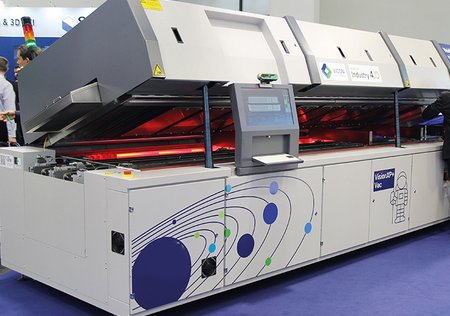The design of circuit board pads affects the quality of reflow soldering
Release time:2024-02-18Publisher:Jeenoce
The assembly quality of SMT chips is directly and significantly related to PCB pad design. If the PCB pad design is correct, a small amount of skewness during installation can be corrected during reflow soldering due to the effect of surface tension of the molten solder (known as self positioning or self correction effect). On the contrary, if the PCB pad design is incorrect, even if the mounting position is very accurate, soldering defects such as component displacement and suspension bridges may occur after reflow soldering.

1、 Key elements to master in PCB pad design:
Based on the analysis of various component solder joint structures, in order to meet the reliability requirements of solder joints, PCB pad design should grasp the following key elements:
1. Symmetry - The two solder pads must be symmetrical to ensure a balanced surface tension of the molten solder.
2. Pad spacing - Ensure the overlap size between the component end or pin and the pad. Excessive or insufficient pad spacing can cause welding defects.
3. The remaining size of the solder pad - The remaining size of the component end or pin after overlapping with the solder pad must ensure that the solder joint can form a crescent surface.
4. Pad width - should be consistent with the width of the component end or pin.
2、 Defects that are prone to occur during reflow soldering process:
If the design requirements are violated, welding defects will occur during reflow soldering, and the problem of PCB pad design is difficult or even impossible to solve in the production process. Taking rectangular chip components as an example:
1. When the distance between pads G is too large or too small, during reflow soldering, the component solder joints cannot overlap with the pads, resulting in suspension bridges and displacement.
2. When the size of the solder pads is asymmetrical, or when the ends of two components are designed on the same solder pad, surface tension asymmetry can also cause suspension bridges and displacement.
3. The through-hole design is on the solder pad, and solder will flow out of the through-hole, resulting in insufficient solder paste.

